Last Updated on 19 August 2024 by Greg Brookes
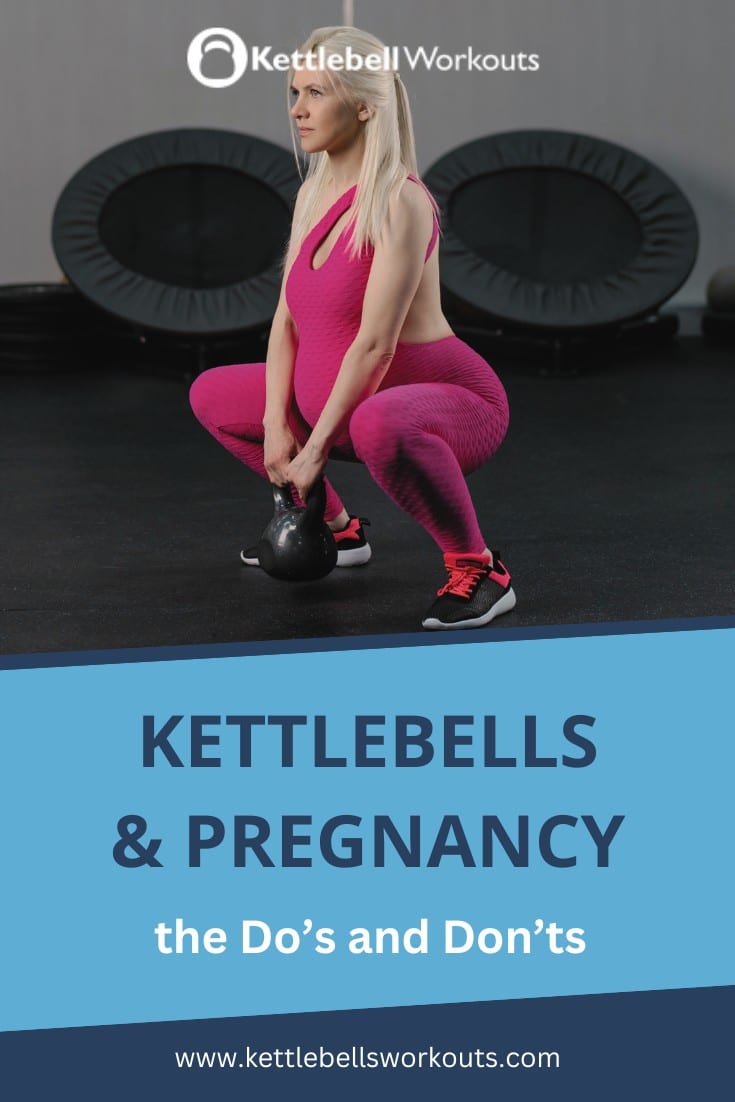
A well-rounded fitness regimen can be a crucial part of a healthy pregnancy. Kettlebell workouts, when done correctly, can offer numerous benefits, including helping to manage aches and pains, preventing too much weight gain, and keeping your heart and lungs healthy.
However, it is essential to properly understand the nuances of kettlebell training during pregnancy to ensure you and your baby are safe.
Please note if you are already accustomed to kettlebell workouts, continuing with certain safe movements can be a great way to sustain fitness levels as your body grows.
However, if kettlebells are new to your workout regimen, it’s advisable to opt for other exercise forms, given the particular control and strength required in wielding kettlebells.
Here is a selection of frequently asked questions and answers about kettlebell training during pregnancy:
1. Can I continue my kettlebell workouts during pregnancy?
Yes, you can generally continue kettlebell workouts during pregnancy if you previously engaged in these exercises and your pregnancy is uncomplicated.
However, you may need to modify certain movements as your body changes.
2. Are there any specific kettlebell exercises that are recommended during pregnancy?
Exercises, including goblet squats, lunges, deadlifts, shoulder presses, and rowing movements can be safely performed during pregnancy, as they do not require you to lie flat on your back or involve significant twisting motions.
Let’s look at the following exercises that pregnant women who are already comfortable with kettlebells can safely perform:
Goblet Squats
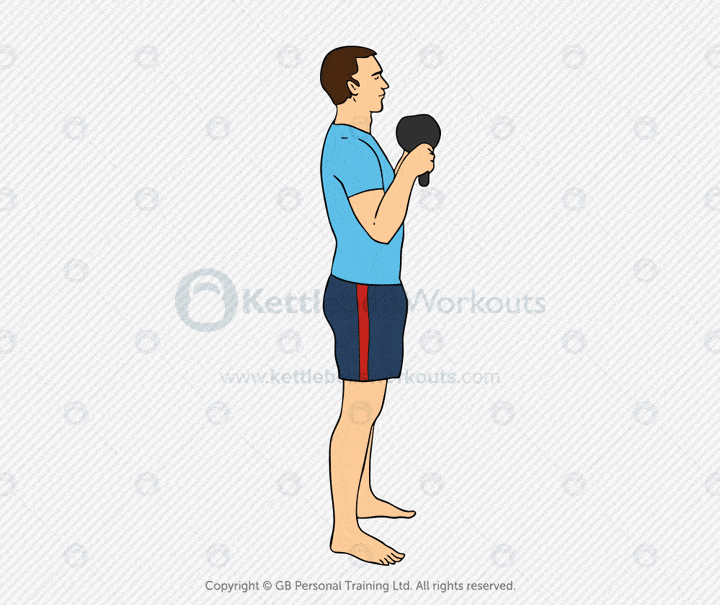
An excellent lower body exercise, goblet squats help engage your quads, hamstrings, and glutes while promoting a strong, stable core.
Performing squats can aid pelvic floor strength — a vital aspect of preparing for delivery.
Lunges
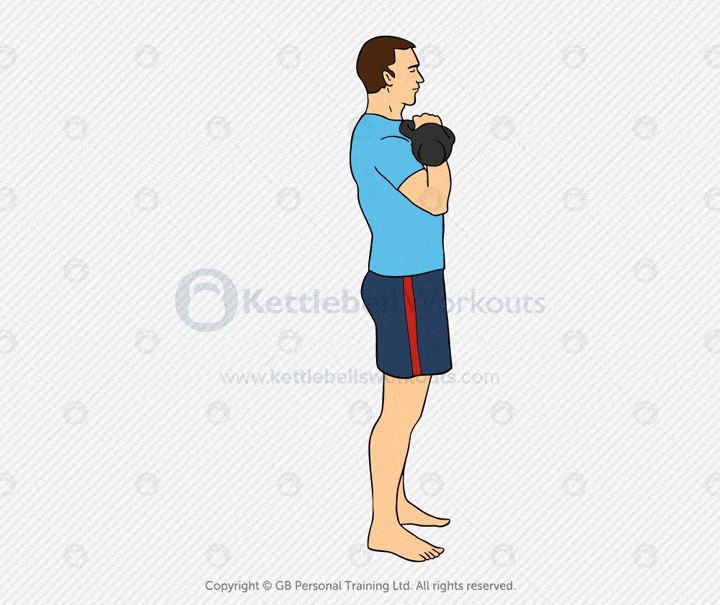
Lunges can be another beneficial addition to your pregnancy exercise routine. When performed correctly, lunges target the entire leg and hip region, enhancing balance and stability, which is vital as the body’s centre of gravity shifts with a growing belly.
Deadlifts
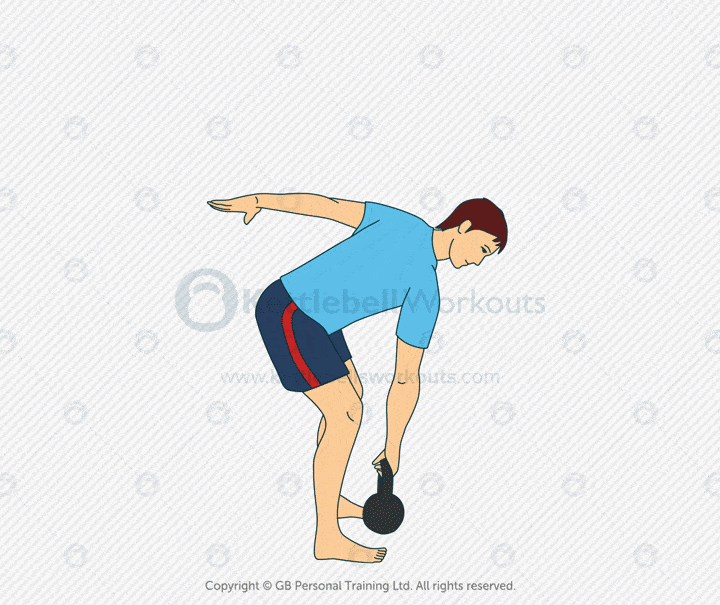
Kettlebell deadlifts can further strengthen your lower back and hamstrings, which is crucial in supporting pregnancy weight gain.
Remember to maintain proper form and alignment to protect your joints and musculoskeletal health.
Shoulder Press
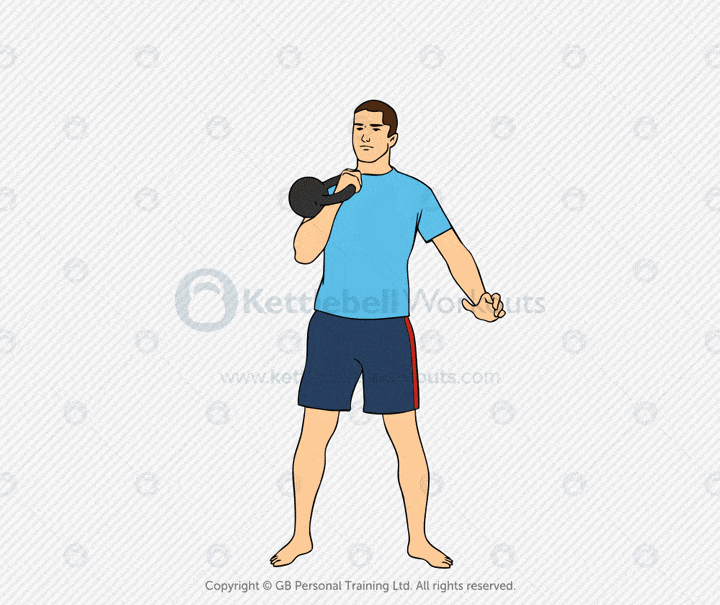
The kettlebell shoulder press aids in strengthening your deltoids and upper body, helping you better meet the physical demands of later, carrying your newborn baby.
Rowing Movements
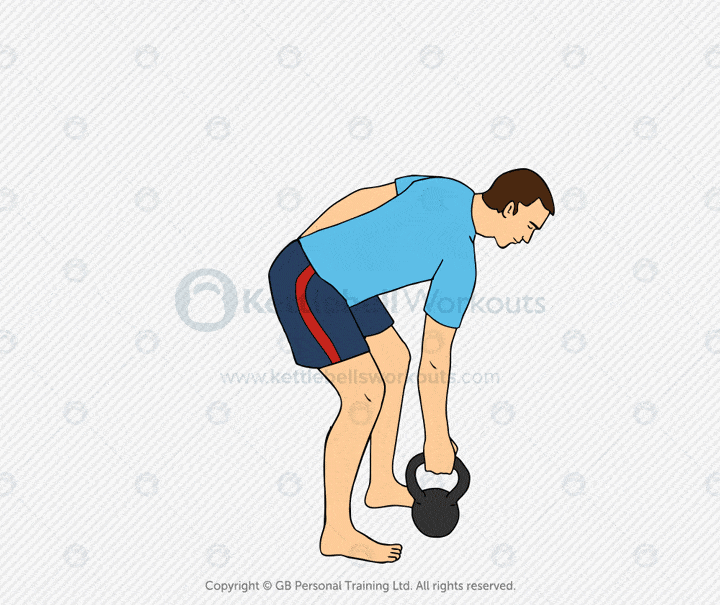
Row movements, such as kettlebell rows, help to support proper posture by strengthening your upper back and rear shoulder muscles.
Greater postural alignment can benefit pregnancy comfort levels and counteract the forward pull of increasing breast and belly size.
Place one hand on the back of an incline bench or chair for better stability during the movement.
3. Are there certain kettlebell exercises I should avoid during pregnancy?
Avoid kettlebell exercises that involve lying flat on your back after the first trimester, major twisting motions, intense jumping or bouncing, or any movements that significantly increase intra-abdominal pressure like kettlebell hardstyle swings or snatches, as they can put undue strain on your joints and increase the risk of injury.
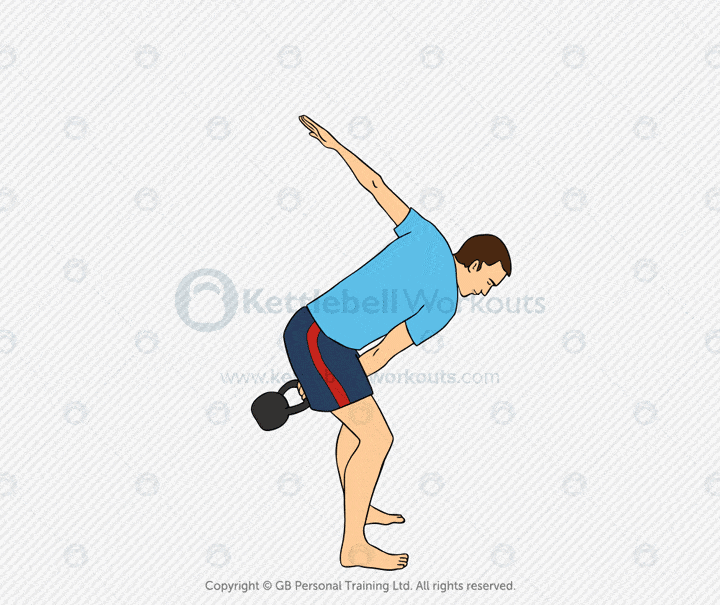
4. How can I modify my kettlebell training as my pregnancy progresses?
To modify your kettlebell training during pregnancy, you can lower the weight you lift, and avoid exercises that involve lying flat on your back or significant twists.
Rest and recovery are very important, so be sure to rest adequately between sets and take an extra day or more between workouts if needed.
Focus on ensuring stability, proper form, and maintaining a comfortable level of intensity.
5. Is it safe to lift heavy kettlebells during pregnancy?
Each person is different. If your body is already used to lifting heavy weights and your doctor says it’s okay, you may be able to lift heavy kettlebells.
However, it’s generally advised to avoid heavy lifting if you’re not accustomed to it and to prioritize form and safety over lifting heavier weights.
The safest option is to reduce the intensity and focus more on maintenance-level training rather than pushing yourself too hard.
6. How often should I perform kettlebell workouts during pregnancy?
The frequency of your kettlebell workouts during pregnancy should depend on your general health, fitness level, stage of pregnancy, and comfort during the exercises.
As a general guide 2 – 3 workouts per week is a good place to start.
7. Can kettlebell training help prepare my body for labour? If so, how?
Kettlebell training can help prepare your body for labour by improving your overall strength and endurance, which will aid in pushing and provide the necessary strength and stamina throughout labour.
8. How can I ensure my form is correct and safe during kettlebell training?
It’s important to work with a certified prenatal fitness professional to ensure proper technique and safety during your kettlebell training.
They can provide guidance on appropriate movements, exercises to avoid, and ways to modify exercises for your unique needs.
9. Are there specific kettlebell exercises that can help alleviate common pregnancy symptoms like back pain?
Kettlebell exercises like deadlifts and rows that strengthen the back and core can help alleviate back pain as they target the stabilizing muscles that support your spine and posture.
10. Should I adjust my posture during kettlebell training to accommodate my changing body?
Yes, as your centre of gravity changes during pregnancy, you might need to adjust your posture during exercise to stay balanced and maintain a stable foundation while training.
11. What are some signs that I should stop or modify my kettlebell workout?
Signs that you should stop or modify your kettlebell workout include sharp, persistent abdominal pain, difficulty breathing, dizziness, vaginal bleeding, or contractions.
You should consult a healthcare professional if any of these symptoms occur.
12. Can kettlebell exercise help with postpartum recovery?
Once cleared by your doctor, kettlebell exercises can help restore postpartum strength and functionality, particularly in the core muscles and lower body.
13. How soon after childbirth can I resume my kettlebell training?
The timeline for resuming kettlebell training after childbirth depends on multiple factors, including whether you had a vaginal or C-section delivery, individual healing process, and your healthcare provider’s advice.
14. Can I do kettlebell exercises that target the core during pregnancy, or should they be avoided?
Some kettlebell exercises targeting the core can be safe during pregnancy but opt for exercises that do not involve major twisting or put pressure on your belly.
Performing core exercises that target deep abdominal muscles can make pregnancy more comfortable and aid in labour and delivery.
Opt for exercises like pelvic tilts and bird-dogs.
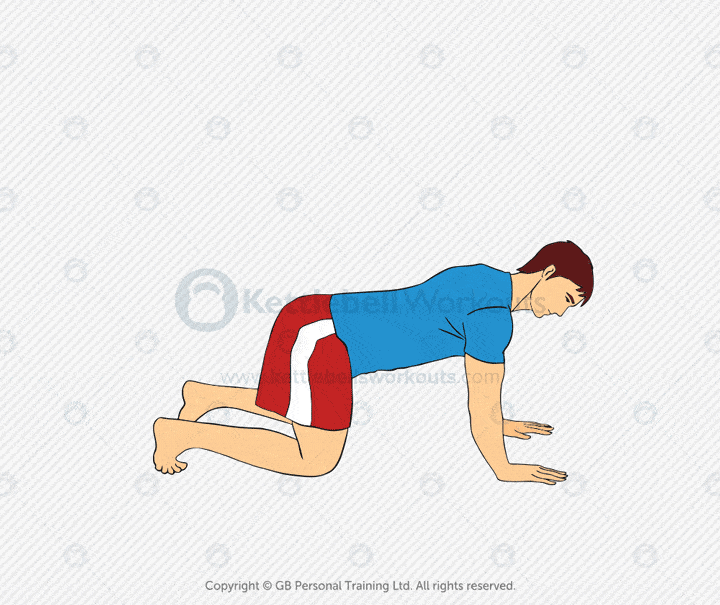
15. What precautions should I take to prevent injury during kettlebell workouts while pregnant?
Precautions to prevent injury during kettlebell workouts while pregnant include using proper form, not lifting too heavy, listening to your body, and modifying exercises or stopping if they cause discomfort or pain.
Conclusion
Kettlebell training can be a valuable addition to your prenatal fitness routine if done correctly and cautiously.
Always remember, pregnancy is not a time to break records. It’s a time to keep your body moving, maintain strength, and prepare yourself for motherhood.
Your primary goal should always be safety and well-being for you and your soon-to-be bundle of joy.
It’s all about creating a balance for enjoying a fit and healthy pregnancy.
Legal disclaimer: This blog post is for general informational purposes only and should not be construed as medical advice. It is important to seek guidance from your healthcare provider prior to commencing a new exercise regimen.




Leave a Reply